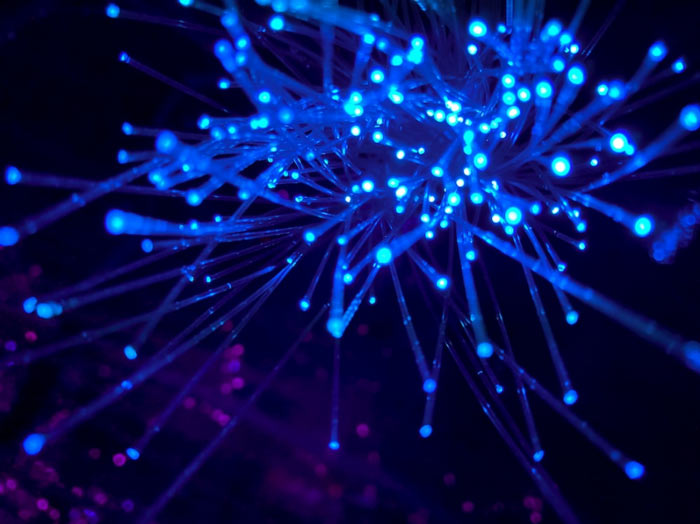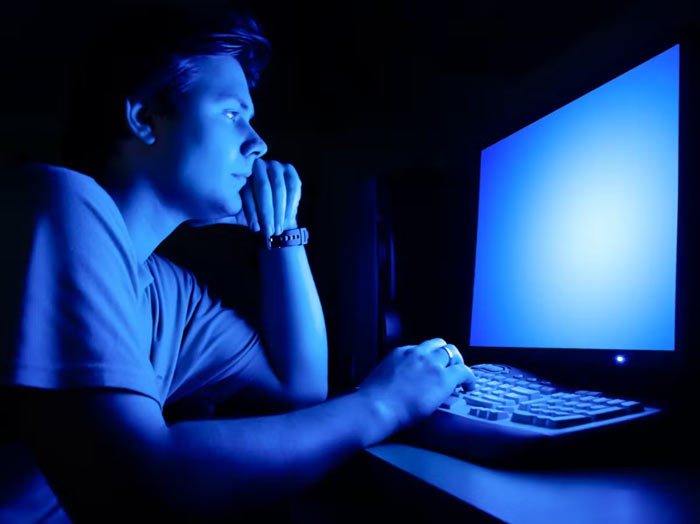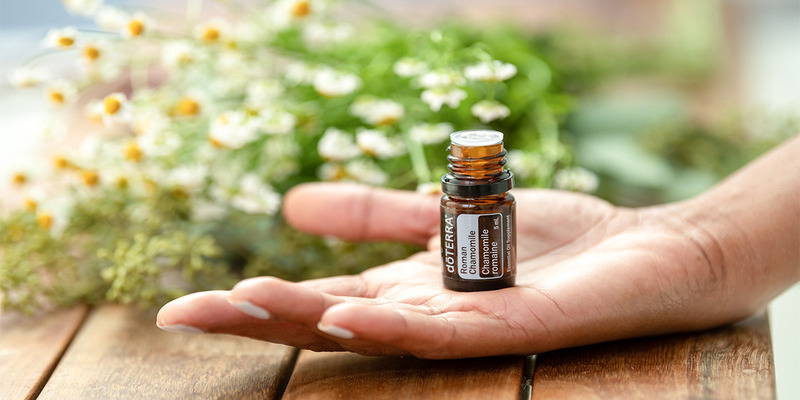Are you feeling tired most of the time, especially after spending hours in front of your electronic devices? If so, you may be experiencing the effects of blue light. Blue light is a type of high-energy visible (HEV) light emitted from current digital screens such as phones, tablets, and laptops that can disrupt our natural sleeping patterns if over-exposed.
This blog post will delve into the science behind how blue light affects us and discuss how individuals can limit their exposure to minimize its potentially harmful consequences for sleep and overall health.
Blue Light

Blue light is a high energy visible (HEV) light in the spectrum with wavelengths ranging from 380-500 nanometers. It is naturally produced by the sun and has many positive benefits, including helping to regulate our circadian rhythm and improve alertness. However, when exposed to excessive amounts at night, blue light can disrupt sleep patterns as it suppresses the release of melatonin, which regulates our sleep/wake cycles.
In addition to natural sources of blue light, such as sunlight, there are additional artificial sources like LED lights, fluorescent lighting, and digital screens on devices emitting HEV light in large quantities. This means we’re now exposed to increased amounts of blue light during extended periods throughout the day and night, which can significantly impact our sleep quality.
The Effects of Blue Light

Excessive exposure to blue light at night has been linked to poorer sleep quality, daytime fatigue, and cognitive impairment. In particular, studies have shown that individuals exposed to more than two hours of screen time just before bedtime experience greater difficulty falling asleep, staying asleep, and feeling less alert during the day compared to those with shorter exposure durations.
Long-term use of digital devices has been associated with increased risk for certain medical conditions, including obesity, diabetes, and heart disease.
Limiting Exposures To Blue Light
Fortunately, there are several steps you can take to reduce your exposure to blue light. During the day, be sure to get in the habit of wearing sunglasses and using an anti-glare filter on your digital devices.
At night, try to limit your use of devices two hours before bedtime, and if you must use them, use blue light filters or “night mode” settings on your digital devices that help reduce their brightness. Consider investing in a pair of blue light-blocking glasses, which can also help reduce exposure at night and during the day when necessary.
It is important to create an environment conducive to sleep, such as turning off all devices, dimming lights, and avoiding caffeine close to bedtime. These simple steps can go a long way in helping you get the quality rest you need to function at your best.
Blue light exposure from digital devices can significantly impact our sleep and overall health if left unchecked. By making simple lifestyle choices such as limiting device use before bedtime and protecting yourself with sunglasses during the day, you can minimize the adverse effects of blue light and get the restful sleep your body needs.
Benefits of Reducing Blue Light Exposure
- Improved sleep: Reduced exposure to blue light can help regulate the body’s circadian rhythm and improve sleep quality.
- Reduced eye strain: Blue light-blocking glasses or filters on digital devices can reduce eye fatigue caused by extended periods of screen time.
- Increased alertness: Limiting device use in the evening can help reduce daytime fatigue and increase alertness during waking hours.
- Improved mood: Getting a good night’s rest is linked to improved mood and mental well-being, which can be achieved through reduced blue light exposure at night.
- Better concentration & productivity: Reducing exposure to blue light throughout the day may help you focus better and be more productive overall.
- Diminished risk for certain medical conditions: Limiting exposure to blue light may help reduce the risk of developing certain medical conditions such as obesity, diabetes, and heart disease.
- Healthier lifestyle habits: Creating a better sleep environment can promote healthier lifestyle choices, including dimming lights, avoiding caffeine before bedtime, and limiting device use in the evening.
By reducing blue light exposure during the day and at night, you can enjoy many health benefits such as improved sleep, increased alertness, and reduced risk of certain medical conditions. Taking simple precautions like wearing sunglasses outdoors or using blue light filters on digital devices can help protect your eyes from overexposure to harmful HEV rays and get the quality rest your body needs to function at its best.
How Technology Companies are Trying to Mitigate the Effects of Blue Light
Technology companies are beginning to recognize the potential health issues due to blue light exposure and are taking steps to reduce them. For example, Apple recently introduced Night Shift mode for its iPhones which gently filters out blue light from the display during nighttime hours.
Other companies like Eyezen have created glasses that help filter out all harmful HEV rays, while digital device manufacturers such as Samsung and LG are incorporating blue light filters in their latest models. The type of blue light filter used can vary depending on the device, but they typically work by reducing the amount of blue light emitted from the screen or using an amber-tinted filter that blocks some percentage of HEV rays.
By taking measures to reduce blue light emissions, technology companies are helping people protect their eyes and get the restful sleep they need. With these initiatives, we can all minimize our exposure to blue light and improve our overall health.
Reducing exposure to blue light is important for getting a good night’s rest and preserving your eye health and overall well-being. Technology companies are making it easier by introducing features like Night Shift mode in smartphones or incorporating blue light filtering glasses in digital devices.
You can enjoy the many benefits of reduced blue light exposure by following simple lifestyle habits such as avoiding device use before bedtime and protecting your eyes with sunglasses during the day.
FAQS
Which light is good for the eyes?
Warm-toned lights such as yellow, orange, and red are generally better for your eyes than cool-toned lights like blue and white. These warm-toned lights can help reduce eye strain and fatigue while providing enough brightness to see clearly.
Which light is best for studying?
Studies have shown that exposure to blue light can make it more difficult for the brain to focus and stay alert, so avoiding blue light before bedtime is recommended. Warm-toned lights such as yellow, orange, and red may be beneficial for studying as they provide enough brightness and reduce eye strain.
What LED color is best for headaches?
Studies have suggested that blue light can worsen headaches, while warm-toned lights such as yellow and orange may help reduce the severity of headaches. Combining these colors in your lighting setup can benefit those suffering from headaches.
Conclusion
From computer screens to outdoor lights, we are constantly exposed to blue light in some way or another. With blue light all around us and influencing our daily lives, it is essential to understand what it is and how it can affect us positively and negatively. Although blue light serves many positive purposes throughout the day, too much of it can cause harm to our mental and physical health if not addressed promptly.

What is Intubation
Jan 10, 2024

How To Begin Your Race Walking Journey
Mar 05, 2024

Best Sleep Trackers
Dec 14, 2023

What is Severe Autism
Oct 21, 2023

What is Mild Autism
Nov 02, 2023

Best Oils for Dry Skin
Dec 20, 2023

An In-depth Exploration of Your Weight Training Journey
Mar 05, 2024

Hidradenitis Suppurativa on the Face
Jan 22, 2024



